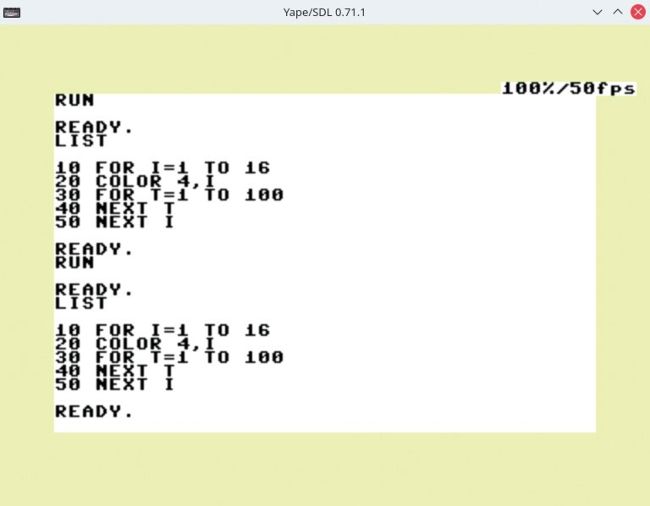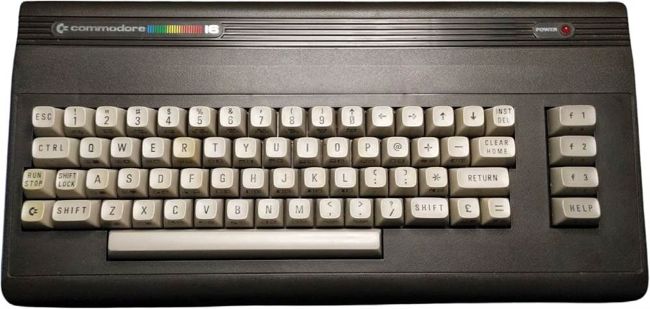YAPE
Emulate the classic 8-bit Commodore 16
Les Pounder revisits Commodore’s low-cost computer from the mid-80s and finds out how it compares to its more illustrious stablemate.
OUR EXPERT
Les Pounder is associate editor at Tom’s Hardware and a freelance maker. He blogs about hacks and makes at bigl.es.
QUIK TIP
Need to stop a running BASIC project and can’t find the RUN/STOP key? The TAB key is mapped to RUN/STOP. If you need to know more keyboard mappings, then look to the terminal as YAPE will print the mappings for easy reference.
Christmas 1985 in the Pounder household, and under the tree that year was a Commodore. Not the Commodore 64 – that would be under the tree a few years from now – but a Commodore 16.
The Commodore 16 was a $99 computer designed to compete with the lower-cost bracket of home computers, especially the US markets Timex and Texas Instruments range of machines. Powered by a MOS 7501 (0.89MHz) or a MOS 8501 CPU (1.76MHz, which is the version we have) the Commodore 16 was comparable, and indeed with the 8501 processor was faster than the Commodore 64. However, we had less RAM than the C64 – amere 16KB – of which 12KB was available to the user.
The C16 followed the same aesthetic as the C64 and the VIC-20. It was housed in the same “bread bin” style case and chunky keyboard, but with a dark grey colour scheme. This has led to some C64 owners putting their beloved machines into the C16 case because the dark grey case isn’t prone to yellowing, unlike the C64’s.
The C16 is one of a family of computers known as the Commodore 264 Family, which consists of the 116, 16 and Plus/4. The Commodore 16, 116 and Plus/4 would be the only models released from this range, but others were planned and teased in the media of the era.

Changing the colour of the border is one-up from the ol’ 10 PRINT project. It shows how versatile BASIC can be, if you know how to use it.

Resplendent in dark grey, the Commodore 16 was a failure, but every failure has a measure of impact and it kickstarted this journalist’s love
The 116 and Plus/4 were further reduced in price. The 116 was designed to meet the price point of the Spectrum 48K and it also featured the dreaded rubber keys. The Plus/4 was devised as a low-cost office machine with fast access to word processor, spreadsheet, graphics and file management applications stored as ROMs on the mainboard.
The Commodore 16 was a flop. It “only” managed to ship 1.26 million units worldwide, compared with the 12 to 17 million of the $299 Commodore 64. This meant that the Commodore 16 lasted about a year, and much of the stock was discounted for quick sale. So let’s go back to 1984, and learn how the Commodore 16 is a forgotten gem that’s hiding in the shadow of the C64.